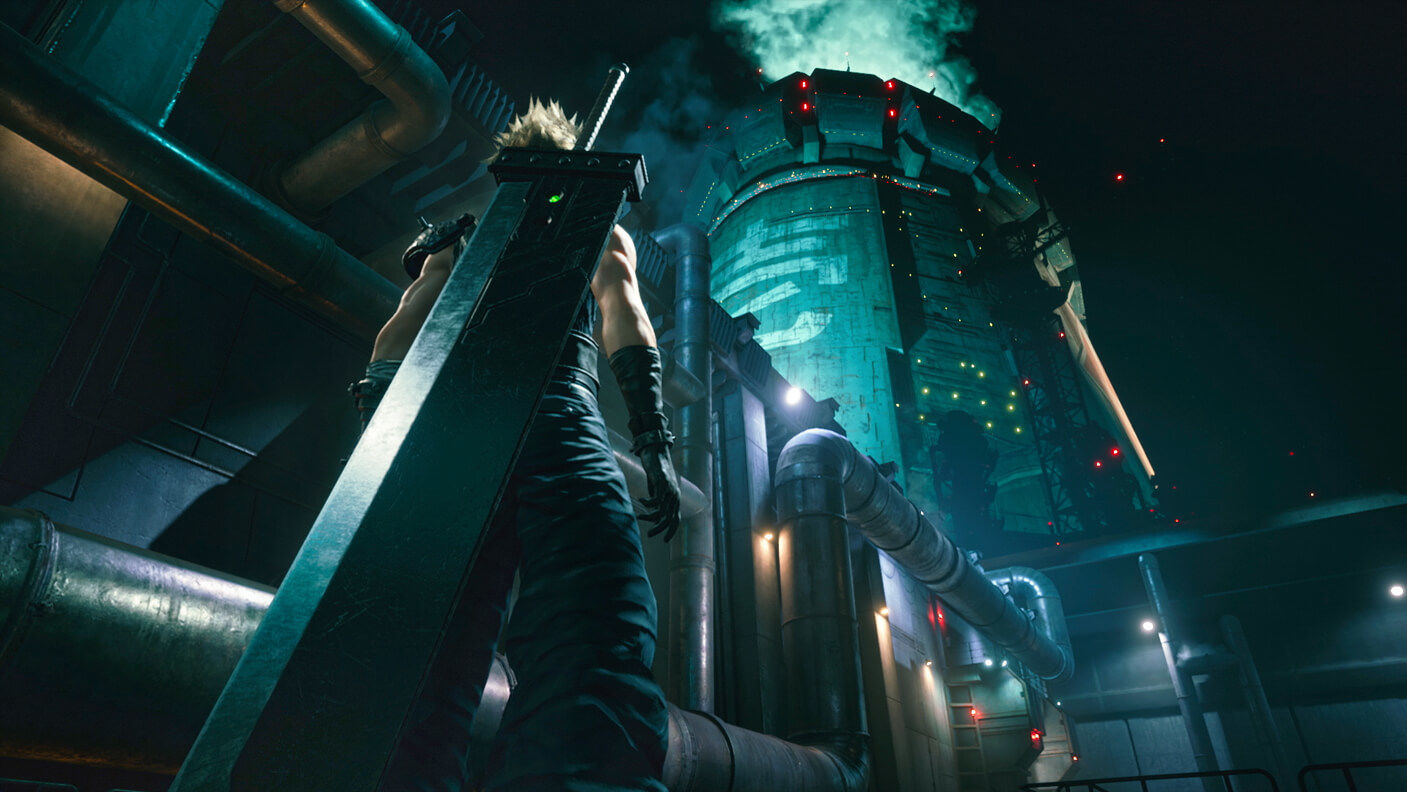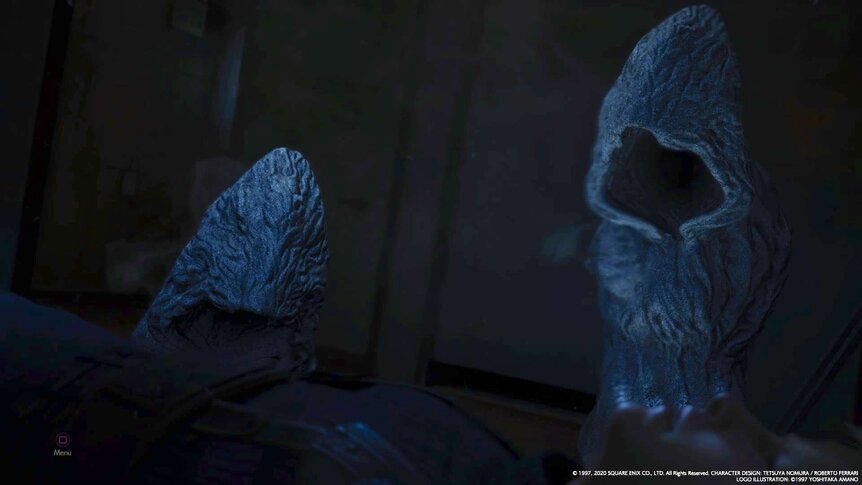Create a free profile to get unlimited access to exclusive videos, sweepstakes, and more!
The innovation of the Final Fantasy VII Remake

It's no secret that our current pop culture and media landscape is nostalgia obsessed. Everywhere you look there are reboots and remakes and sequels. Sometimes it's because the creators want another chance to do things better (ahem, Percy Jackson) or sometimes it's because we want to return to those uncomplicated times and feelings we had as children when the original released (Jumanji, maybe? Anyone?). But regardless of the reasoning, the fact is that we are more obsessed than ever with bringing back our favorite stories.
Some efforts are more successful than others, but most are fine and we, as an audience, are generally happy to see some of our old favorites again. So, when Final Fantasy VII: Remake (FFVIIR) was announced in 2015, people were excited to say the least. There had been rumors (and actually one official announcement) of a remake of the iconic Square Enix game going back as far as the early 2000s, but this was real and the game was actually in production.
Spoilers for Final Fantasy VII and its remake throughout.
In the original, released in 1997, we follow ex-SOLDIER Cloud Strife as he joins a group of eco-terrorists called AVALANCHE as a mercenary to save the planet from the evil corporation Shinra and then from Sephiroth, an ex-Shinra genetically enhanced SOLDIER hellbent on taking revenge on the planet for many reasons. It's a complicated story, but the facts are that due to PTSD, Cloud has actually created a new personality for himself combining parts of his life and that of his old friend and superior, a SOLDIER for Shinra named Zach Fair who died trying to save Cloud's life prior to the beginning of the game. The facts are that Aerith Gainsborough is killed by Sephiroth partway through the game. Tifa Lockhart, Cloud's childhood friend and Avalanche member, has to save Cloud and bring him back to himself so he can fight Sephiroth when it matters most.
The clips the team shared early on showed similar sequences to the original game, but made using all the current technology. It was just a remake of the original, we assumed, a new look to an old game.
But the team at Square Enix tricked us all. We were expecting Final Fantasy VII again. But what writers Kazushige Nojima, Motomu Toriyama, Hiroaki Iwaki, and Sachie Hirano gave us was a literal remake, a do-over. There are certain Final Fantasy truths that exist in the remake, of course. In FFVIIR, Cloud is still a PTSD-suffering ex-SOLDIER mercenary working with AVALANCHE, he still meets Aerith, he still remembers his old town Nibelheim and sitting with Tifa on the water tower. The story progresses much as the original did... until it doesn't. Part of it is that the game itself is just a remake of a piece of the original — it's only the part of the story that happens in Midgar, to allow for a fuller fleshing out of the entire team's narrative. This also means that Sephiroth shows up much earlier in the Remake than in the original where he's more of a specter talked about through the Midgar section than anything else. But then there are other new things.
The first sign of something drastic is the appearance of dementor-like figures in Chapter 2 when Cloud meets Aerith for the first time — after the first glimpse of them and then the first time you fight them, we're not sure what the goal is. They seem to be at times on your side, and at others fighting against you.
It turns out that these ghosts, these wraiths, these Whispers, are arbiters of story. They are the representatives of canon. The Whispers' true purpose is something the player won't realize until well into the game. They're there to keep the story as-is, to now allow any changes to the original narrative, to push you and the characters around you back into the story of the 1997 release. But by the time they make their last stand, that ship has long sailed.
Narrative in a video game setting is an interesting proposition — as players, we don't have to be passive participants. We can be as active as the coding allows us to be. In a game like Witcher 3, where your decisions will change what plot points and endings you get, it's thrilling. FFVIIR takes that to another level by implicating us and our relationship to the holy text of the original within the gameplay itself. Why are we so beholden to the story that was? Should we be?
What makes this so incredible is not just increasing the narrative potential of the story over 20 years after the original release, but that it's encouraging conversation about what canon even means. We have this obsession with canon — journalist James Whitbrook wrote beautifully about it a few months ago — and how we're too clouded by nitpicking facts or committing to one specific story to engage with what a narrative could be. FFVIIR reinvigorates some of that conversation by admitting that there isn't just one story for our favorite characters. There isn't one truth. There are multiple truths and multiple iterations and what they mean is up to us. The final chapter in the remake is called "Destiny's Crossroads" implying that choices will be made and those choices matter.
The major final battle in FFVIIR is not only fighting Sephiroth, but fighting our own belief in the sanctity of canon. We literally battle these digital representations of commitment to the old, and it's not until we defeat them that Cloud can go on to battle Sephiroth. The gamemakers said you can play as Cloud again, but you will interrogate your relationship with his story when you do it.
At the end, there seem to be major ramifications of changes to Cloud's story in FFVIIR, the biggest being that Zack Fair survived in some fashion, in some time, in some world. The next part of the remake is no longer something we can know; it's something to be guessed, to be theorized over, something that we'll grow with and ideally still choose within. The spirit of the Remake is that it gives us a new story within a familiar framework. It's exciting and comfortable. It's a place we know and we don't. The best kind of art is often a conversation between the artist and the audience, and that's what this remake is.















